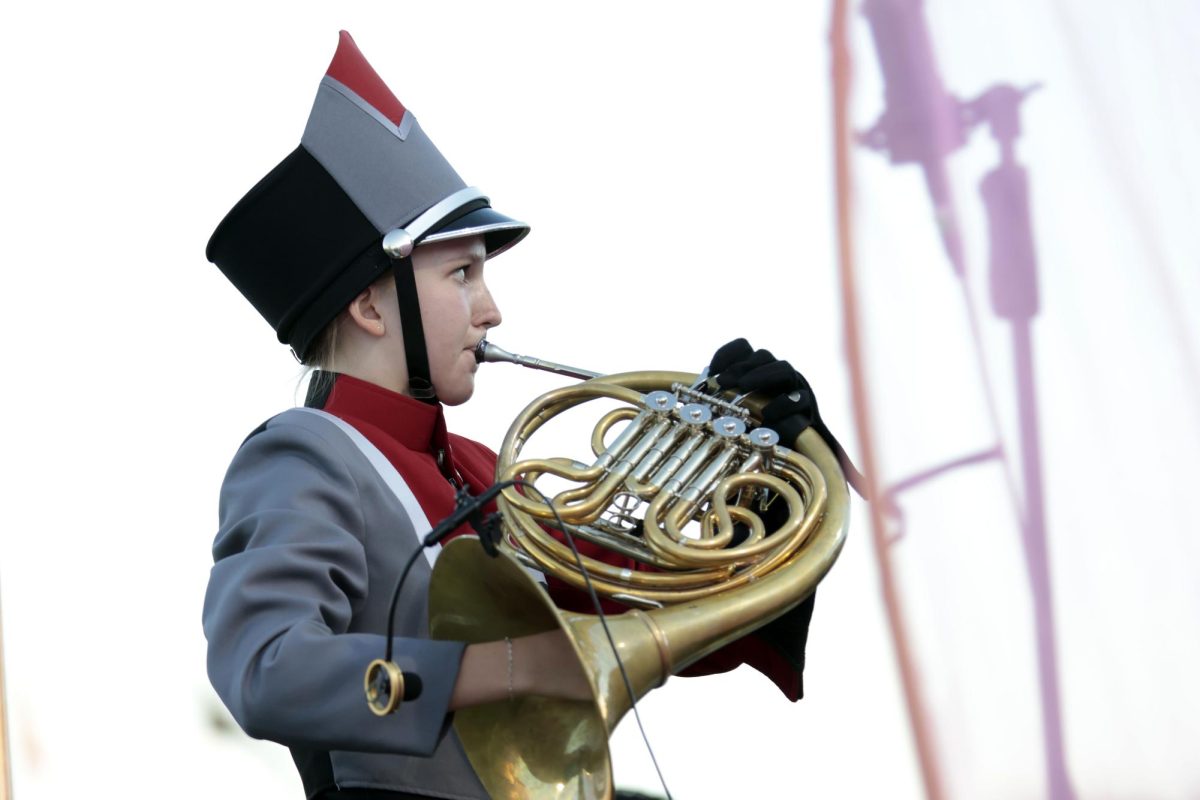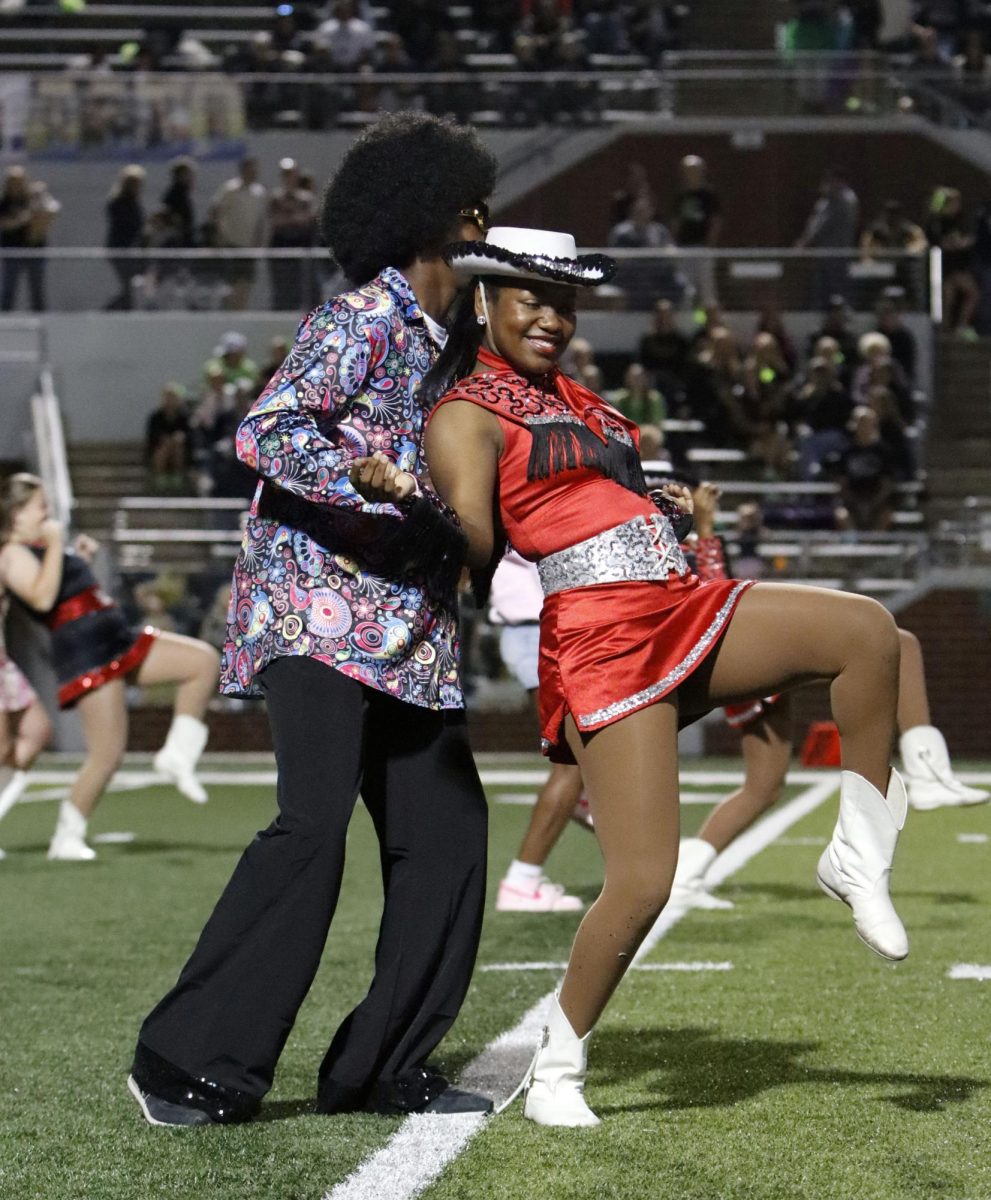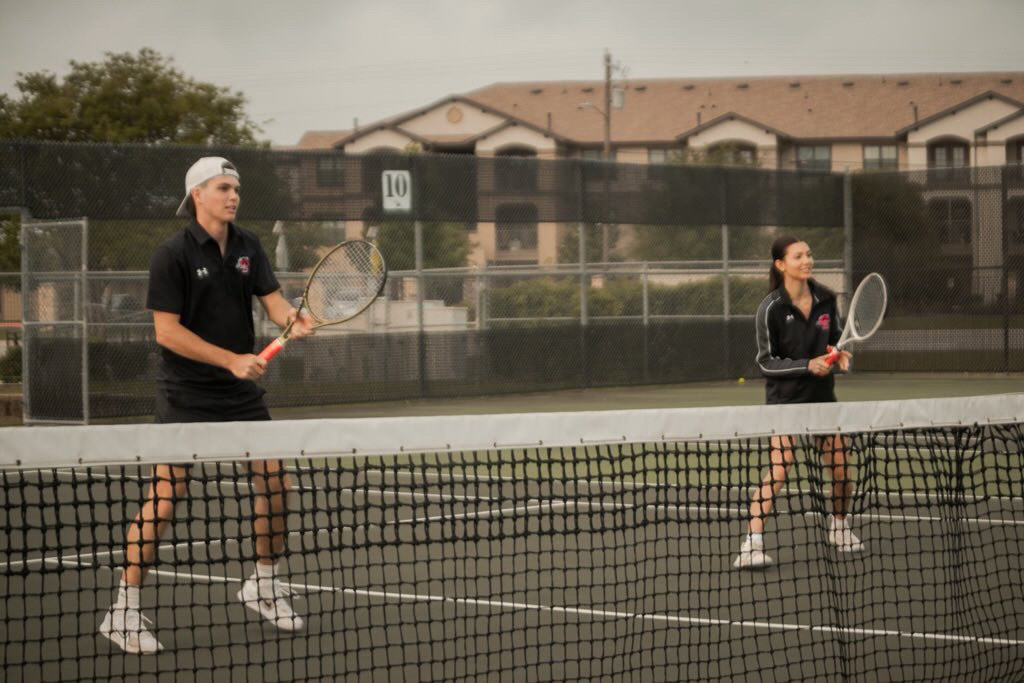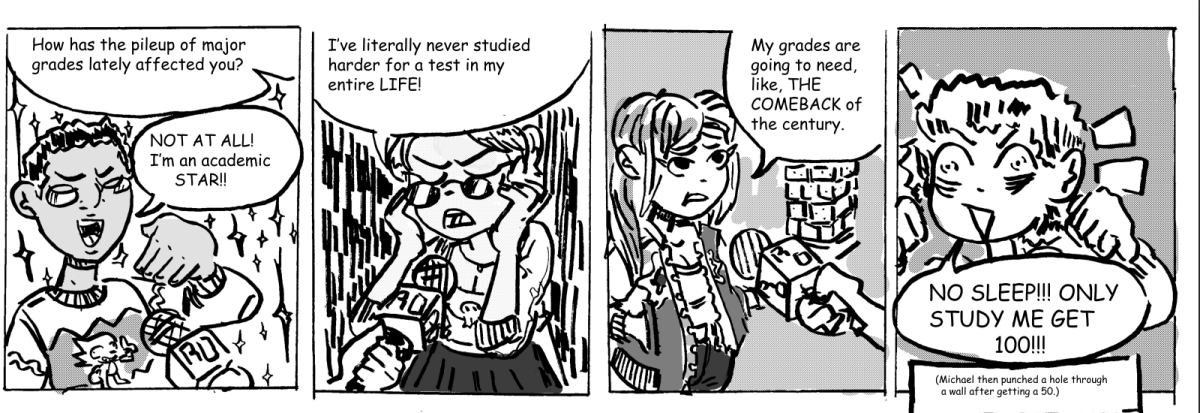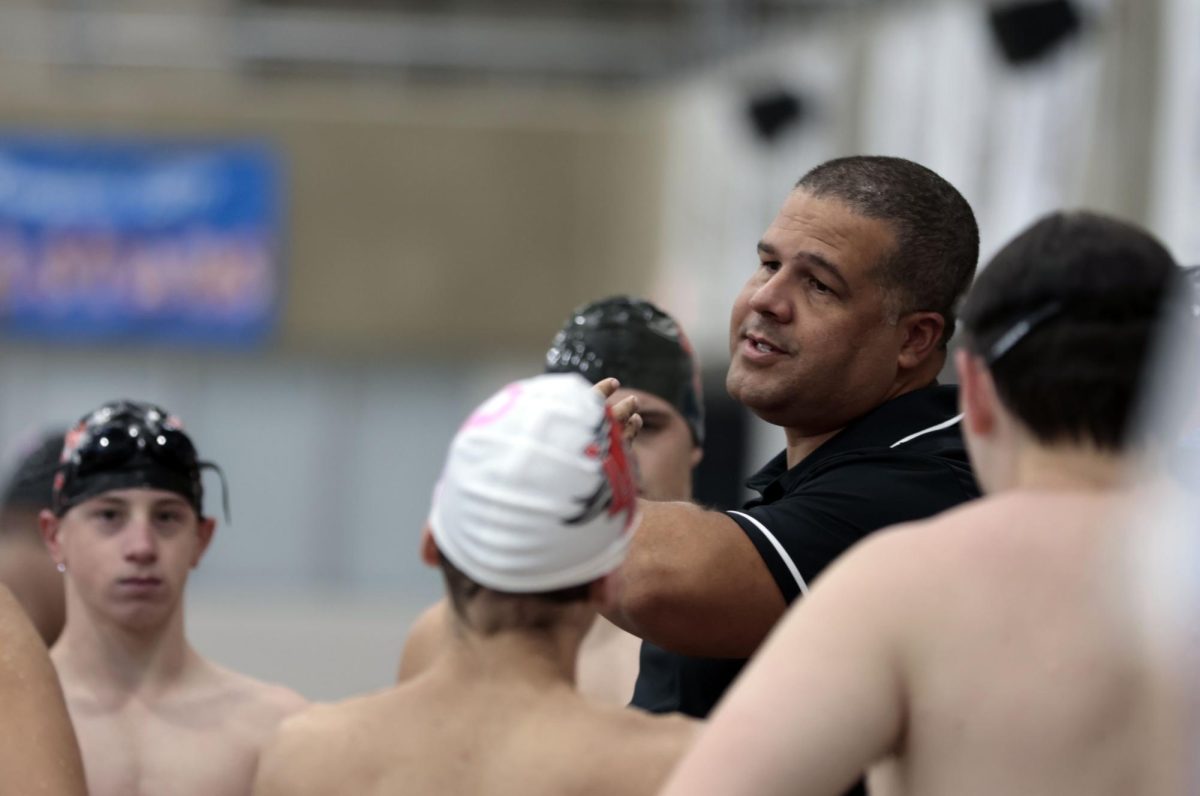Where did it all go wrong?
For years, the United States Men’s National Team and Youth Teams have held a seat at the table with CONCACAF’s elite, a pantheon of giants like Mexico and the emerging Costa Rica. But for all the hype, all the growth that soccer has achieved in the past decade, one thing remains an obstacle that never seems to let go of the Yanks and their ambitions.
Inconsistency.
Despite an admirable blow out in Brazil 2014, the USMNT failed to qualify for the 2018 World Cup, a feat that’s been avoided since 1986. Disappointment doesn’t quite capture the scope of the situation. Embarrassment, disgust, insanity, do a better job of carrying this weight of failure. Even a rival fan like myself can attest to the horror of this program’s downward trajectory. A better United States means better competition, That means a better Mexico, a better Costa Rica, a better Panama and a better CONCACAF. In order to understand how the situation came to be, every critical aspect of the United States Soccer Federation must undergo assessment.
The Coach
Every ship has its captain— except for the USS Senior Men’s National Team. Soccer in particular places significant importance on team leadership. During periods of chaos on the field, players look to either the their tactics or an experienced figure for guidance—the former imposed by the coach, the latter by the squad captain (don’t worry we’ll get to Baldy later). But in the case of the USMNT, neither the man nor the tactics exist at the moment. Following the debacle in Trinidad, then-coach Bruce Arena no longer found himself on the payroll of the USSF. Peculiar lineups, substitutions and a lack of a coherent game-plan didn’t quite instill the confidence necessary to lead a team through what was already a rough start to World Cup qualification. In fairness, Arena had little time to do anything, as he was appointed as a short-term replacement following the failure of Jurgen Klinsmann’s lengthy experiment, Arena’s only real job was to get the team back on track for qualification. Though he didn’t necessarily get hired to instill a style of play on the team, the fact remains:
He failed.
But he didn’t just fail. Klinsmann failed. Bob Bradley failed. All the short-term, quick fixes failed. The team needs solidity, a vision that players can attach their efforts to and a man to develop a loyalty with.
The Team
Fire them. Get rid of them all.
Such calls for a metaphorical massacre of the USMNT squad might seem extreme at first glance, but perhaps the idea contains some semblance of reason. The spirit of the team lacks leadership, as inconsistencies of captain Michael “Bald” Bradley show. The vast majority of these players, quite simply, aren’t good enough. Moreover, consider that, in soccer, the United States failed to qualify for the past two Olympics— a competition that requires most players be under the age of 23. In other words, the players who weren’t good enough for the Olympics now constitute the core of the senior team.
The players have to perform on the pitch, but they didn’t.
The System
I suspect that the elephant in the room won’t be able to hide for much longer. For years, talk of the sport’s biggest issue in this country has been relegated to whispers in a small community of conscientious fans. The American system of soccer development differs wildly from how the rest of the world does things. Here, entry into the professional level happens through a draft, much like the rest of American sports, while the rest of the world relies on the development of youth within the infrastructure of independent sports clubs. But the real flaw of the system lies in how players are introduced to the sport, long before they go professional.
In the United States, pay-to-play rules the game.
Juice boxes, snacks, mini-vans, the soccer-mom aspect of the sport seriously limits the scope of The Beautiful Game’s popularity. Far too much money lies at the heart of suburban play, far too many families can’t afford to sign up their children to play soccer. Much of these issues stem from a cultural disconnect with the sport, but the federation must do its part in restructuring the way youth are introduced to soccer.
The Kid
Hershey doesn’t just make chocolate anymore.
Hailing from the small town of Hershey, Pennsylvania, the USMNT’s last hope embodies itself in Christian Pulisic. The young star hasn’t even escaped his teenage years and yet it seems the only positive aspects of U.S. Soccer all surround him. Employed by the German giants Borussia Dortmund, Pulisic consistently bailed out the United States in tricky moments during the qualifiers.
But when all your hopes rely on a 19 year old with spots still on his face, you know you have a problem.
Pulisic deserves a team that will further his development and propel him into international stardom. Now, with the United States out of the World Cup, the talented youngster will miss his first chance to perform on the big stage.
Perhaps more importantly, millions of children all around the country will never get to see an up-and-coming Pulisic on their televisions.
A generation of fans, lost.
Things worth watching: Christian Pulisic, Michael Bradley’s bald head.
Rating: 3/10









